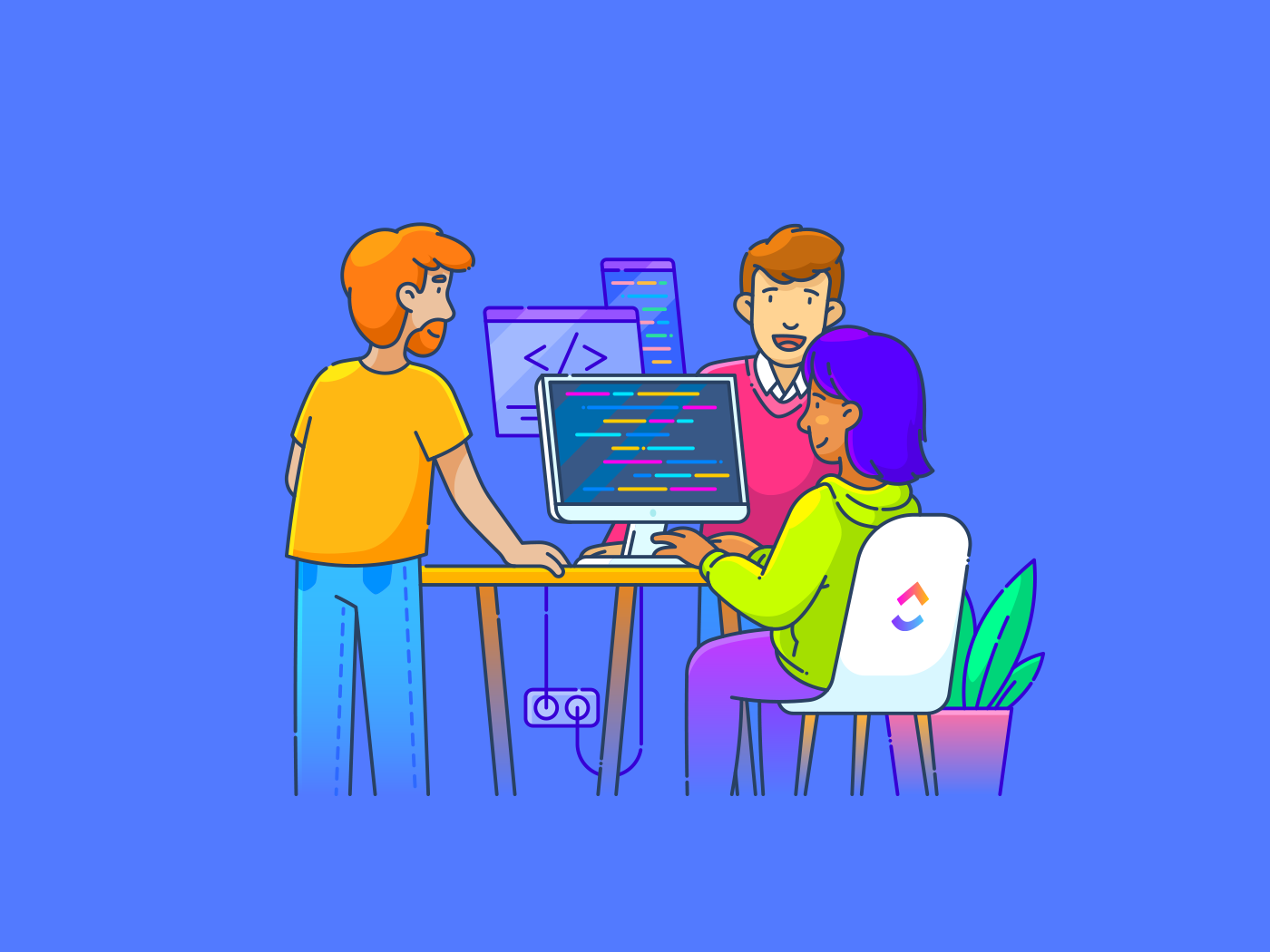As AI continues to integrate into cybersecurity frameworks, business processes, and critical infrastructure, understanding and addressing its unique security risks is crucial for effective risk management.
A recent whitepaper from Microsoft AI Red Team detailing lessons from
These findings emphasize that AI security is not just about managing traditional vulnerabilities but also about recognizing and mitigating novel attack surfaces that emerge as AI systems evolve.
Lessons from Red Teaming AI Products
Across AI deployments, the security researchers have identified eight core security lessons from rigorous adversarial testing:
- Understanding system capabilities and deployment context is foundational.
- Simple attacks remain highly effective, often bypassing AI safeguards.
- Red teaming AI is fundamentally different from static safety benchmarking.
- Automation is key to scaling AI security assessments.
- Human expertise remains irreplaceable in identifying nuanced AI risks.
- Responsible AI harms are difficult to measure and require continuous attention.
- Large language models (LLMs) amplify both existing and novel security risks.
- AI security will never be a ‘solved’ problem but requires continuous adaptation.
So, let’s map these findings to our layers of the pyramid, staring at the bottom.
AI Model Output Manipulation (Low Pain) → AI Red Teaming Lesson #2
At the base of the pyramid, AI model output manipulation remains one of the most common attack vectors. Adversaries craft subtle modifications to input data, tricking AI models into incorrect classifications or outputs. From adversarial image perturbations to manipulative text inputs, these attacks exploit the way AI models generalize information.
Mitigation Strategy: Enhancing adversarial robustness through retraining, input validation, and anomaly detection remains critical to reducing AI model susceptibility to manipulation.
Data Poisoning (Moderate Pain) → AI Red Teaming Lesson #6
Corrupting training data remains a significant risk for AI models, particularly those retrained on dynamic or external datasets. Attackers inject mislabeled or adversarial data, subtly shifting the model’s decision-making over time. In real-world cases, this has led to AI systems adopting biases, degrading performance, or even failing in critical security applications.
Mitigation Strategy: Strict data validation, provenance tracking, and integrity checks throughout the data pipeline help reduce exposure to poisoning attacks.
Model Evasion/Bypass (Moderate to High Pain) → AI Red Teaming Lesson #7
As AI models are increasingly used in security applications, attackers seek ways to bypass them. Whether through adversarial modifications that evade malware detection engines or carefully crafted inputs that bypass fraud detection systems, model evasion remains a persistent challenge.
More sophisticated techniques, such as model inversion, allow attackers to extract sensitive patterns from AI models, revealing potential private information or proprietary model behavior.
Mitigation Strategy: Multi-layered defenses, including input sanitization, adversarial training, and adaptive detection, are necessary to keep pace with evolving evasion techniques.
Model Theft/Reverse Engineering (High to Severe Pain) → AI Red Teaming Lesson #4
Beyond manipulating AI outputs, adversaries seek to steal entire models. By probing AI APIs and response behaviors, attackers can reconstruct models and deploy them for malicious purposes, from intellectual property theft to adversarial research that exploits weaknesses in proprietary AI systems.
Mitigation Strategy: Securing model access through rate limiting, API obfuscation, and encrypted inference ensures that adversaries cannot easily extract sensitive AI functionality.
AI Supply Chain Attack (Severe Pain) → AI Red Teaming Lesson #8
The most complex and catastrophic AI security threats lie at the supply chain level. Attackers targeting pre-trained models, poisoning dependencies, or injecting vulnerabilities during model deployment can compromise entire AI ecosystems. Unlike single-instance vulnerabilities, supply chain threats propagate across multiple organizations, affecting interconnected AI applications.
Mitigation Strategy: A zero-trust approach to AI model dependencies, including continuous monitoring, third-party audits, and model verification processes, is essential to mitigating supply chain risks.
Why the Security Pyramid of AI Matters
Understanding the escalation of AI security risks is essential for security leaders who must prioritize limited resources effectively. The Security Pyramid of AI illustrates the increasing difficulty in mitigating AI vulnerabilities, from simple model output manipulation to complex AI supply chain threats.
Key Takeaways:
- Lower-level threats (e.g., output manipulation, data poisoning) can be addressed through model training and adversarial robustness.
- Mid-tier risks (e.g., model evasion and adversarial bypassing) require continuous monitoring and adaptation to emerging attack patterns.
- Top-tier threats (e.g., model theft, AI supply chain compromises) demand strategic defenses, including strict access controls, AI integrity verification, and industry-wide collaboration.
Final Thoughts: AI Security is an Ongoing Battle
As AI models become more integral to business operations and security functions, adversaries will continue evolving their attack strategies. Defending AI systems requires an adaptive security approach, leveraging automated red teaming, human expertise, and multi-layered defenses.
Security leaders must recognize that AI security is not just about defending individual models but about protecting the entire AI ecosystem—from data pipelines to supply chain dependencies.
While AI systems will never be impervious to attack, raising adversary costs through layered security measures will make exploitation significantly harder, forcing attackers to invest disproportionate effort for minimal gain.
Join the Conversation
What are your thoughts on AI security? How should AI red teaming evolve to stay ahead of emerging threats? Let’s discuss in the comments or feel free to reach out to me on







3.png-e1695200541979.png)


